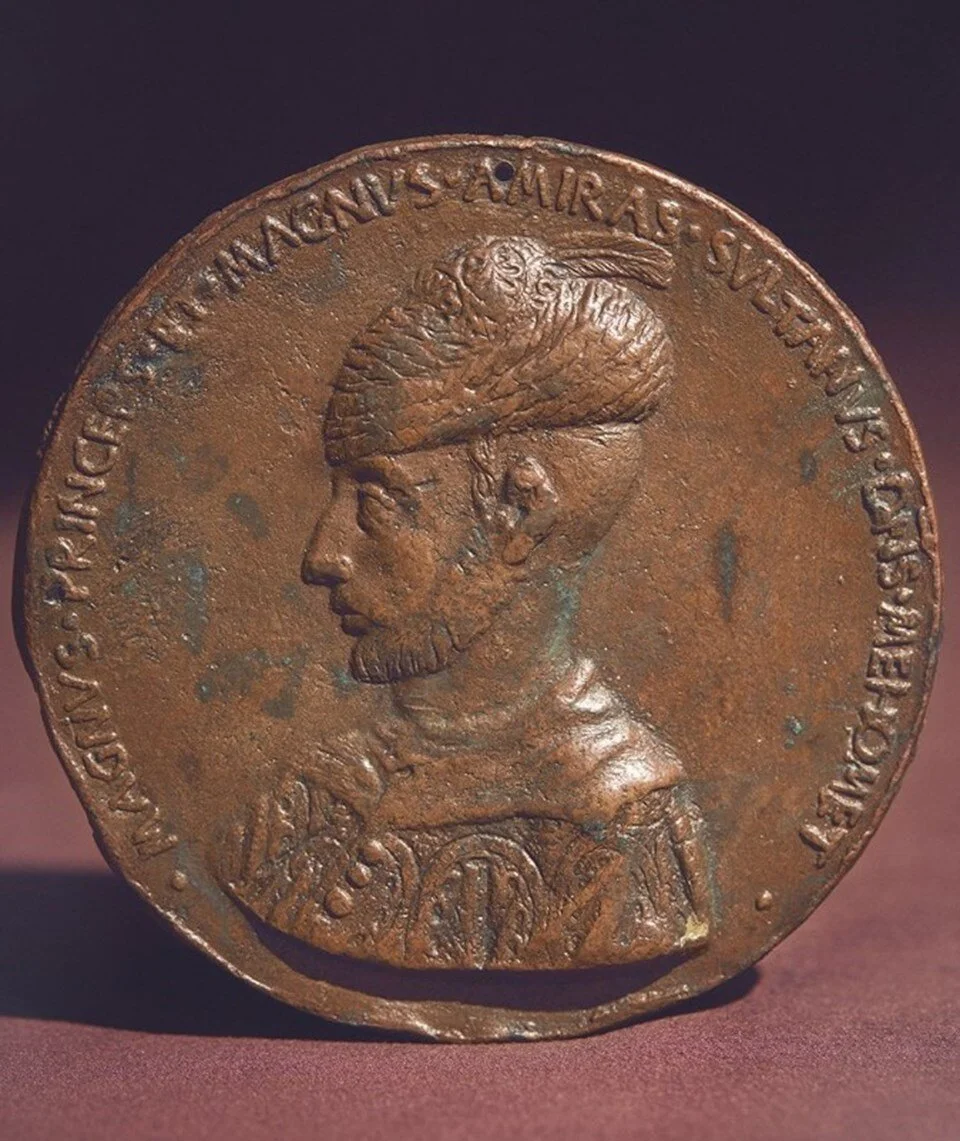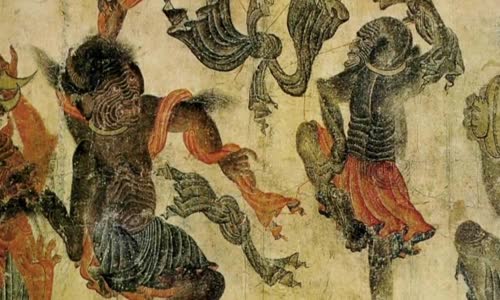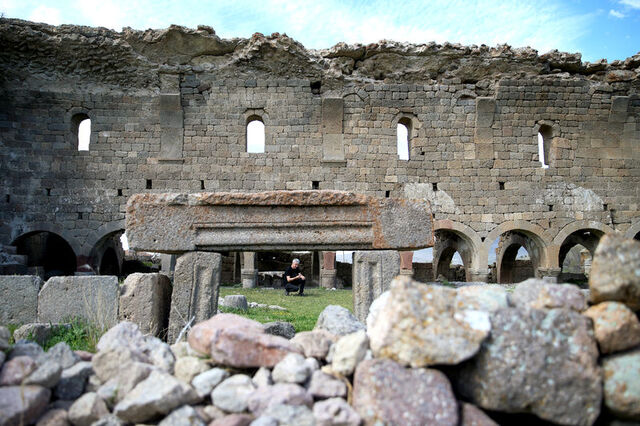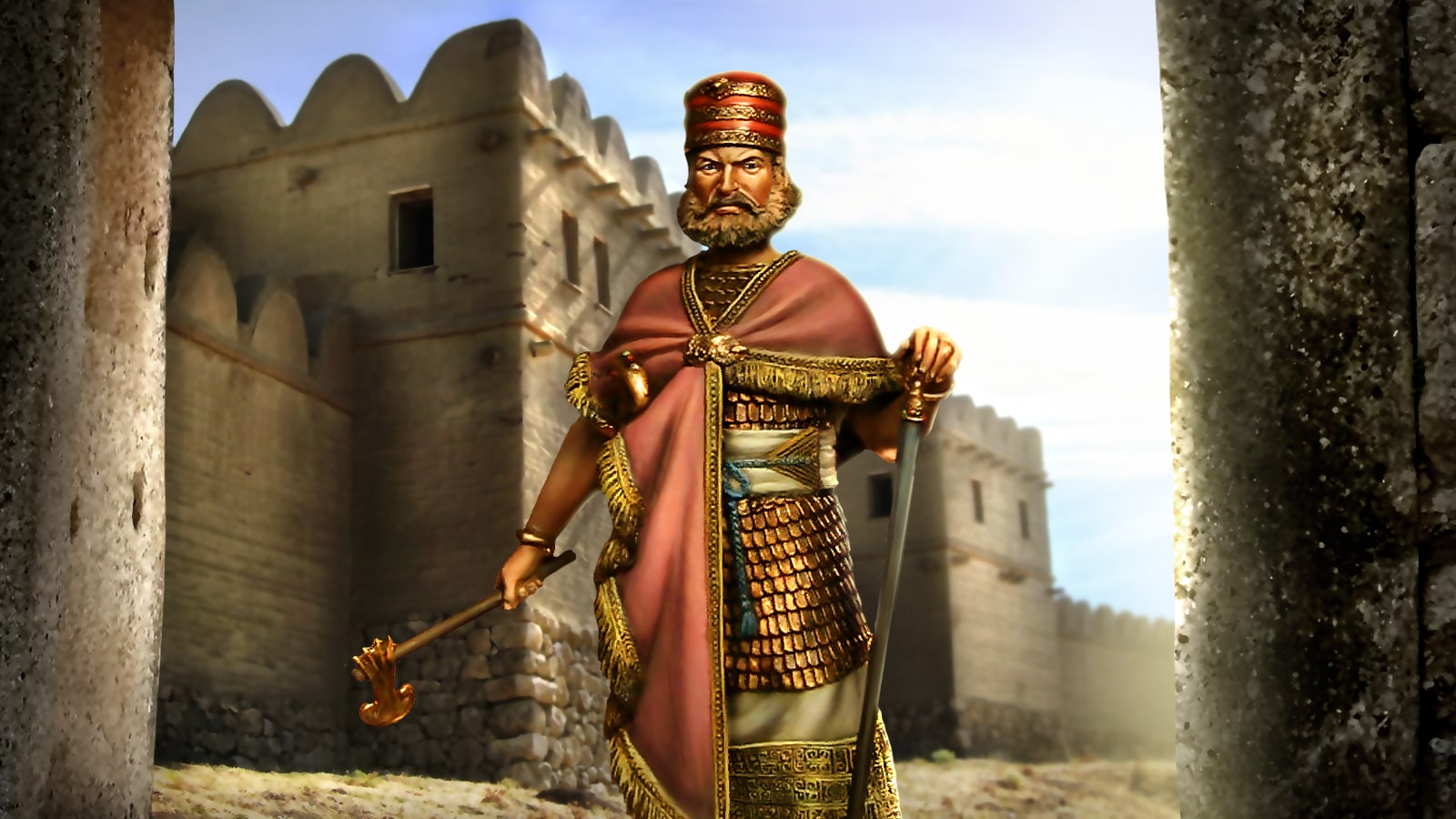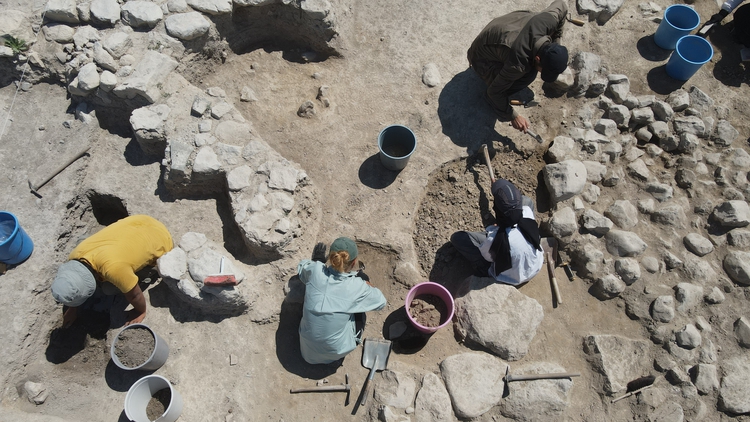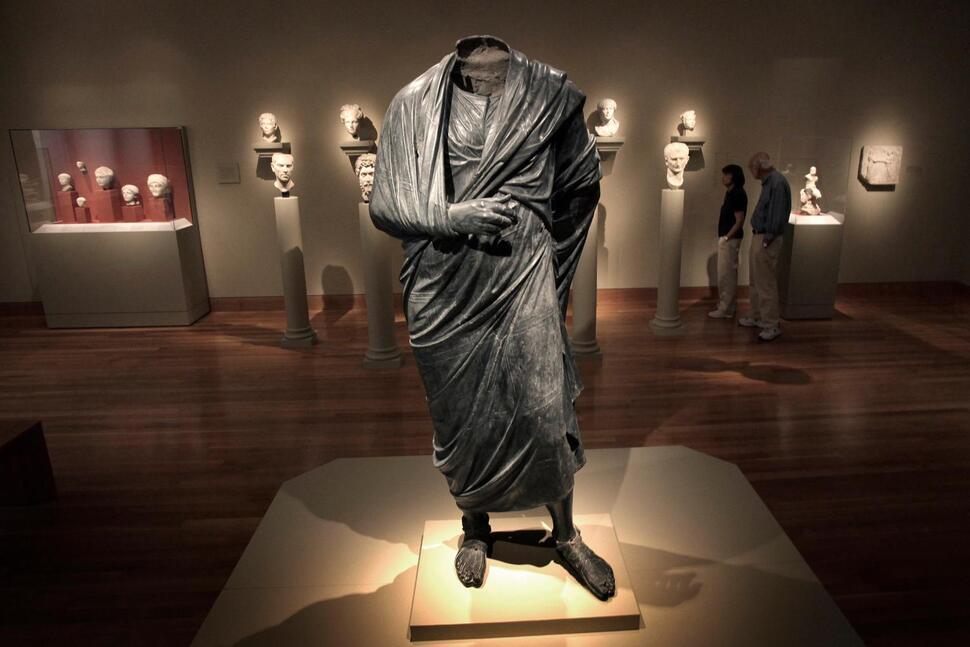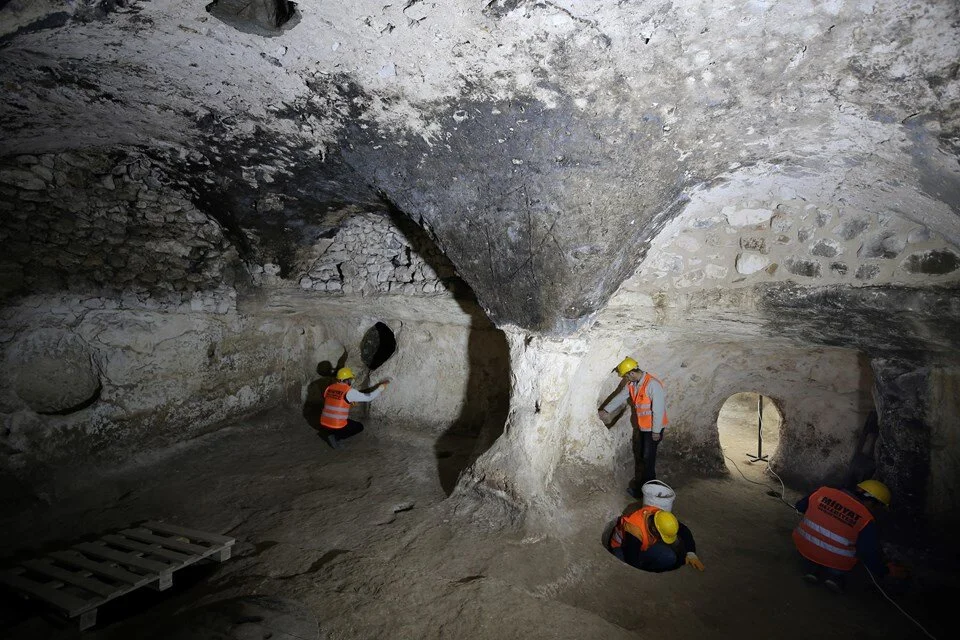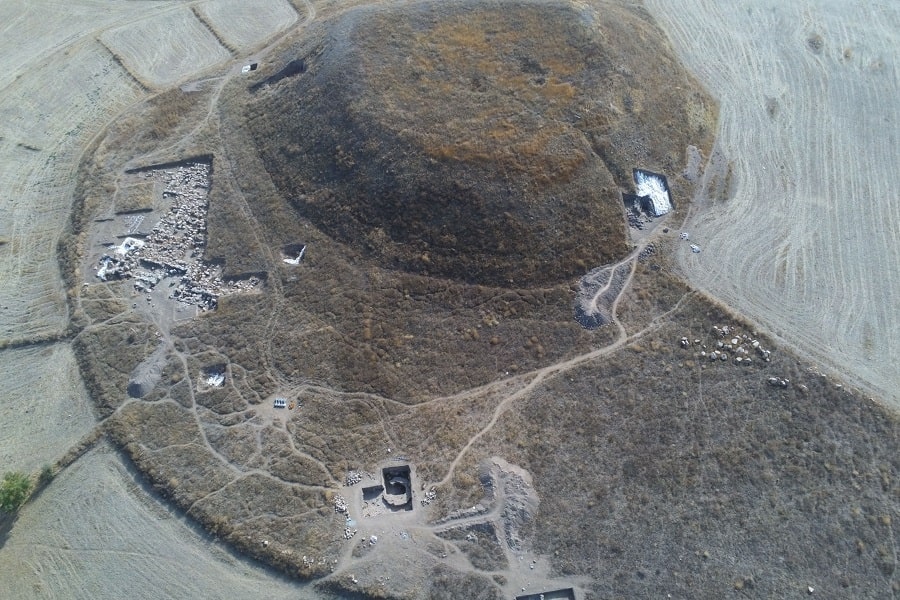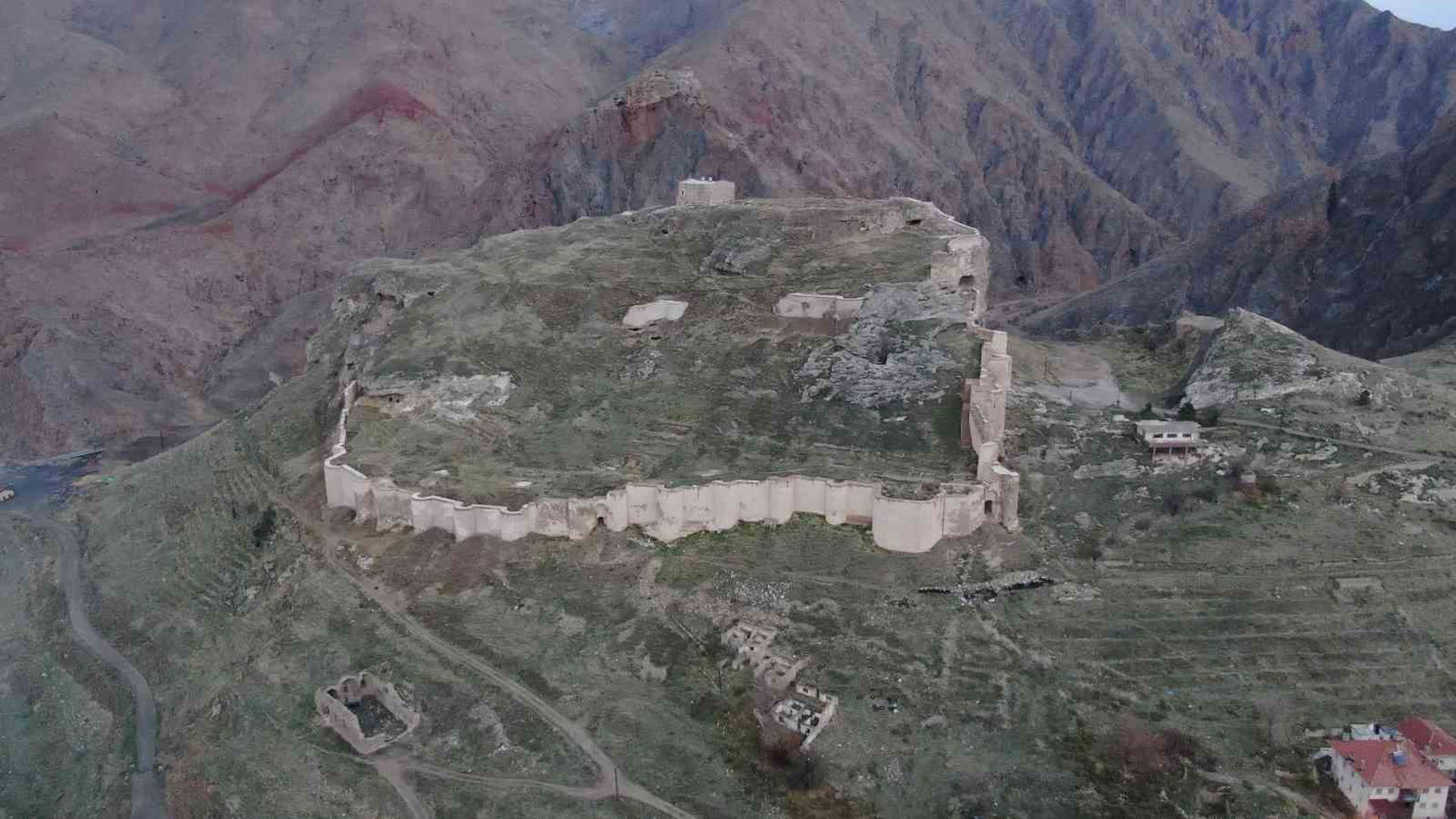A talismanic medallion believed to belong to Sultan Mehmet the Conqueror, which is of great historical and artistic importance, will be offered for sale at an auction in London.
The medallion is estimated to date back to the period between 1432 and 1481, when Mehmet the Conqueror was a prince. The bronze portrait is thought to be the oldest known portrait of a Muslim leader by a Western artist.
Mehmet the Conqueror (Mehmet II) conquered Istanbul and turned the Ottoman State into an empire. He is known in history as a sultan who opened and closed an era.
He contributed to the development of Ottoman culture and art with the importance he attached to science and art.
There are also rumors that the medallion was worn around the neck as a talisman by Sultan Mehmet the Conqueror.
The medallion will be auctioned by Bonhams Auction House on November 14, 2023, with an estimated sale price of between 1.5 and 2 million pounds sterling (approximately 61 to 82 million liras).
The medallion also gives an idea about the youth of the Ottoman ruler. Conqueror appears in the medallion as a young man, and this portrait is the only example of him as such. The artist who painted the portrait on a cast bronze medallion remains unclear.
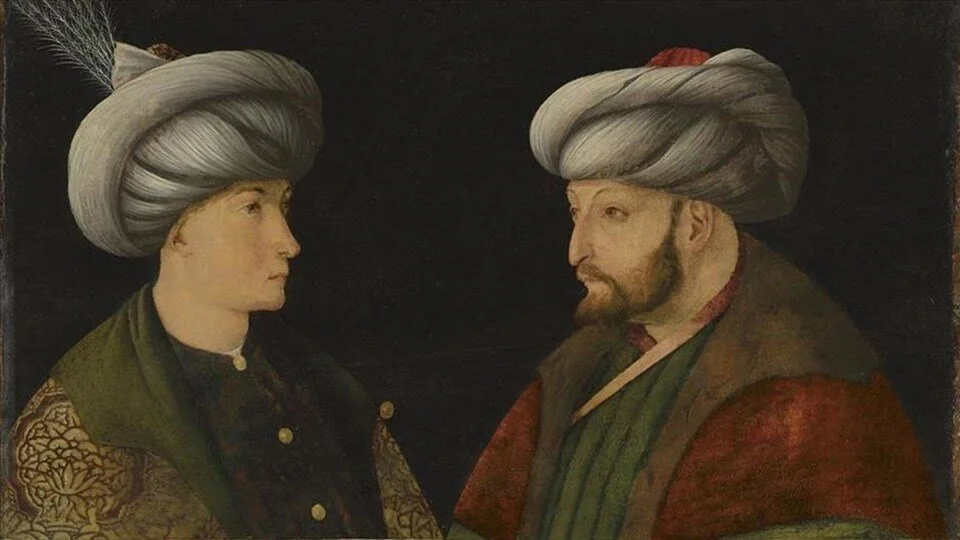
According to the Bonhams Museum website, Mehmet the Conqueror was known to commission self-portraits at various times in his life, the most famous of which was by the Venetian artist Gentile Bellini.
This remarkable bronze portrait is believed to have been commissioned during his tenure as the Sanjak Bey in Manisa or shortly after his father’s death.
This bronze medallion trend, which emerged in the late 1430s, was an ideal way for nobles to establish their identity.
Made from a metal renowned for its durability, these portraits remained a way for nobles to identify themselves for years.
The medallion of Mehmet the Conqueror on display at Bonhams is stylistically consistent with that of his Italian contemporaries. It is thought to have been modeled by a talented Western artist whose identity has not yet been confirmed.
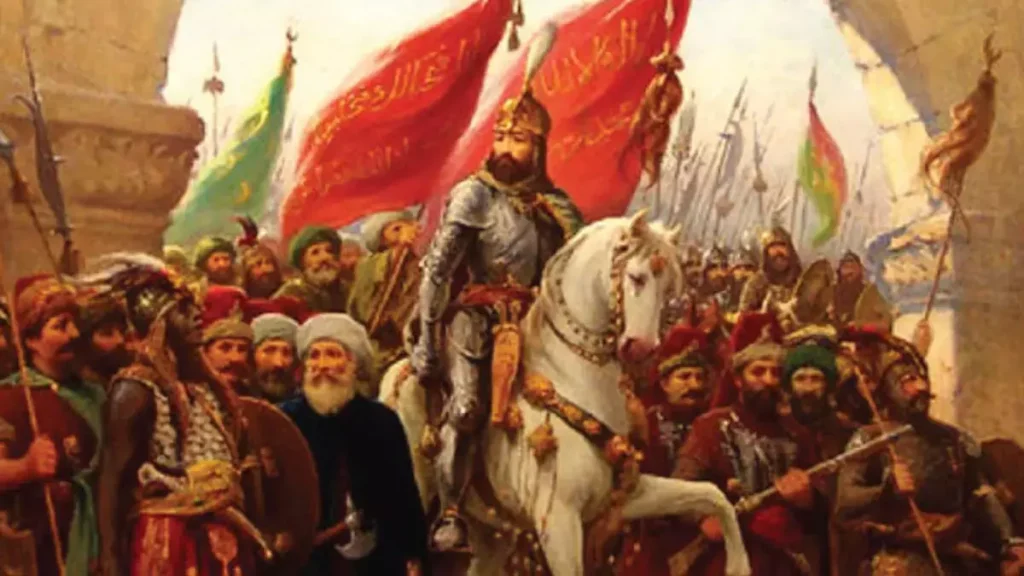
There is no pattern or inscription on the reverse side of the locket, allowing the viewer to focus entirely on the portrait.
The elegant chain hole on the portrait suggests that it was intended as a “personal talisman” to be hung around the neck.
Following the Roman tradition and depicting the Conqueror as the natural heir to the Roman empire, the medallion reflected the conception of Mehmet’s reign that he imagined before he stood at the gates of Constantinople on May 29, 1453.
The auction house says the medallion is “an exceptional work of Ottoman history and art” and “will be of interest to one of the world’s most important museums or private collectors”.
The sale of the talismanic medallion of Sultan Mehmet the Conqueror is being followed with great interest by history and art lovers.

